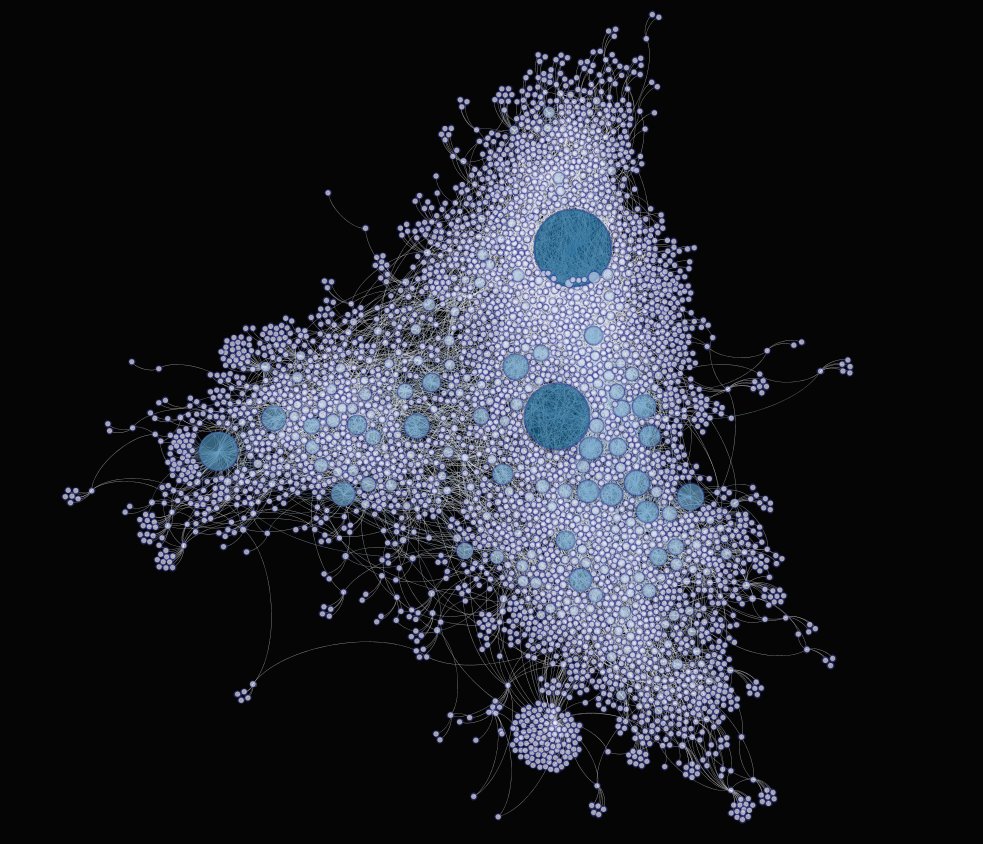With the past month ‘a challenge’, @Fire_and_Skill and my project on gender and the jazz world has been a great diversion. Originally motivated by the @NetworksGender study day last October, we have been examining gender differences in homophily and recording productivity 1/
We coded up data on collaborations from John Chilton’s Who’s Who of British Jazz (2004). @george_mckay has an excellent chapter on masculinity and jazz in Circular Breathing, noting a ‘masculinist bias’ perhaps stronger than for other genres, & general ‘musical patriarchy’ 2/
Recordings data were extracted from the Lord Discography, also used by Damon Phillips and Balazs Vedres in network studies of jazz, continually updated since first compiled in 1992 and the most complete jazz discography ever produced: https://www.lordisco.com"> https://www.lordisco.com 3/
Clearly, women are less prominent as performers and recording artists. There is a rich qualitative literature here. @george_mckay cites voice artist Maggie Nicol: ‘I was socialised - we all were: women sing, men played instruments’ 4/
Stein @SammyStein111 has recently published Women in Jazz, discussing among other things ‘brutal “cutting” sessions… a question of last musician standing or, as it has been put, who has the biggest dick. Women have no tool to bring to a cutting session’ (Stein 2019: 105-6) 5/
Saxophonist Ariel Alexander has written that taking solos, perceived as essential to the genre, is particularly challenging for teenage girls: a widely-cited guest editorial, ‘Where are the Girls?’ for JazzEd magazine: https://www.jazzedmagazine.com/articles/guest-editorial/guest-editorial-where-are-the-girls/">https://www.jazzedmagazine.com/articles/... 6/
We began by modelling consumption since jazz may reflect what audiences pay for, via data on frequency of attendance at jazz concerts from the @DCMS Taking Part survey. Pooling waves 1-8 yields N > 100000, enough to examine gender differences by genre (jazz, classical & rock) 7/
We also examined how social status (Chan-Goldthorpe scale) was associated with frequency of attendance; and interacted gender and status to predict attendances. Women attend jazz significantly less frequently than men, classical music more frequently 8/
(They also attend rock concerts less frequently than men, and the male-female difference is in fact larger for rock than jazz. That may be partly a function of ticket prices, but rock is equally known for being ‘homosocial’: https://www.jstor.org/stable/853623 )">https://www.jstor.org/stable/85... 9/
Higher social status also predicts attending concerts more frequently. The status gradient is flatter for jazz, essentially equal for classical and rock. The status gradient is significantly flatter for women vs men for jazz and rock, steeper for women vs men for classical 10/
Looking at gender and jazz musicians: we use the Chilton dataset, which only goes up to 2004 but its excellence is widely-acknowledged. There is simply nothing better covering jazz from its beginnings in Britain. It includes biographies of 39 women, among 983 in total 11/

 Read on Twitter
Read on Twitter


